
Painting your gutters can give your home the fresh finishing touch it needs to look its best. This guide walks you through the cost to paint gutters.
Meet the sands that turn rust into dust


There's nothing like the power of sandblasting to remove rust. The process involves using abrasive materials at high speeds to get rid of corrosion, and it’s quicker than chemical removers. But here's the catch—not all sands are cut from the same cloth—so let's review your options for the best sand for sandblasting rust.
Selecting the best type of sand is like choosing the right tool for a job—it makes a difference in how effectively you blast away rust and corrosion. The abrasive material you use must be suitable for the surface you clean, with an appropriate hardness rating on the Mohs Scale. Some sand or other media are too harsh for certain surfaces and will cause surface damage.
Safety is a factor, too. Sandblasting generates fine dust particles, which pose health risks when inhaled. Some media is safer than others. Proper respiratory protection and ventilation are essential when sandblasting. Additionally, test the sand you plan to use against the cleaning surface first to ensure it is the best material for the job. Due to the dangerous nature of the job, we recommend working with a local sandblasting professional rather than attempting to DIY.
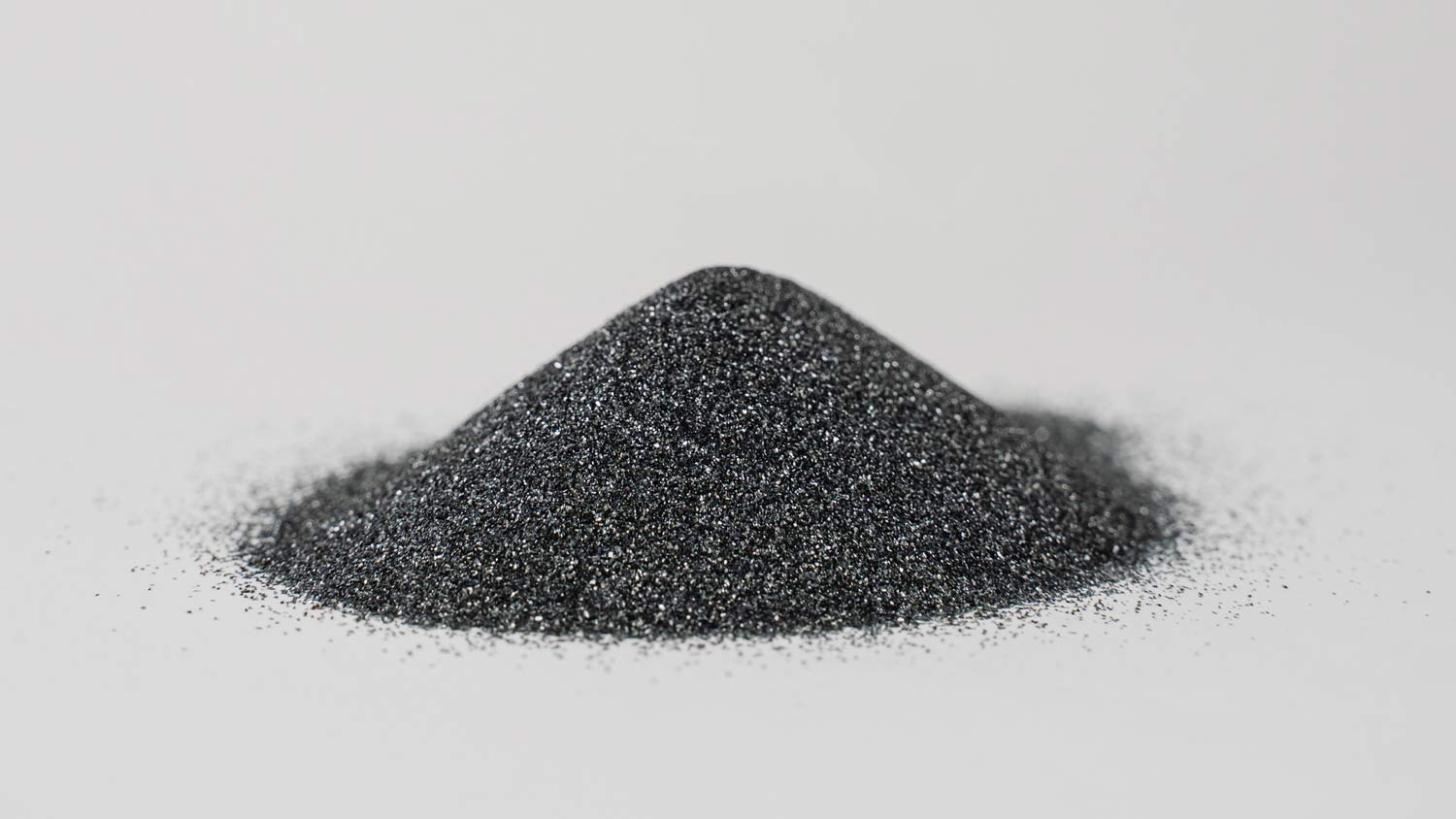
Silicon carbide (SiC) proves to be an excellent sandblasting material when it comes to home improvement projects dealing with rust. Its outstanding hardness and abrasive characteristics make it a valuable choice for rust removal on metal surfaces commonly found in homes, such as steel and cast iron. Whether revitalizing your outdoor furniture or restoring a metal gate, SiC's sharp and aggressive particles work efficiently to eliminate rust and reveal a clean, smooth metal surface.
| Pros | Cons |
|---|---|
| High hardness | Possible surface damage |
| Highly abrasive | Health concerns |
| Reusable | More expensive |
| Clean finish | Environmental impact |
Best for: Hard metals like steel and cast iron fences
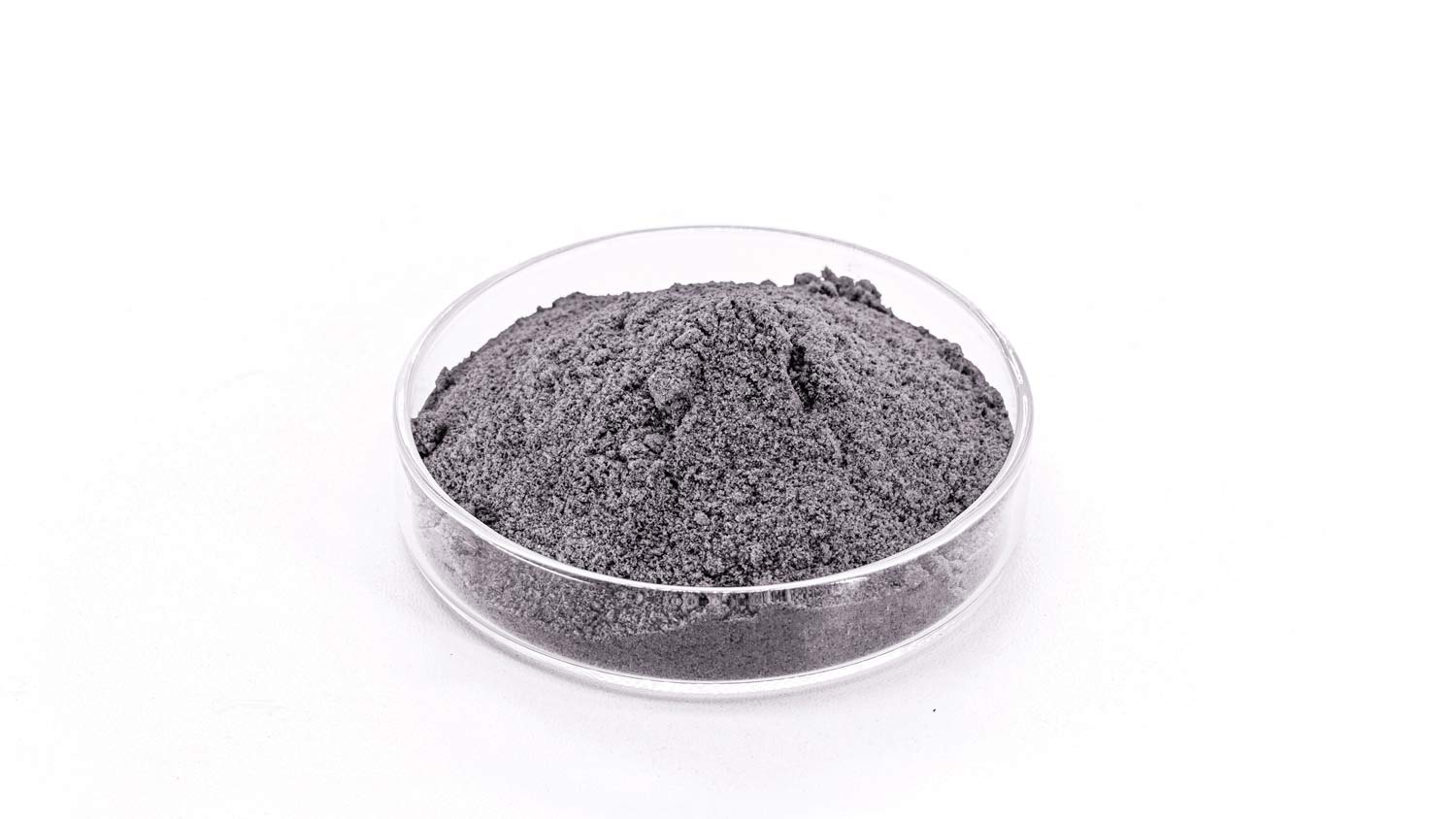
Aluminum oxide is another excellent choice for rust removal through sandblasting. It is a durable, sharp, abrasive material that can effectively strip away rust and leave a clean surface. The sandblasting media is suitable for ferrous and non-ferrous metals, depending on the project requirements, including non-metallic surfaces like ceramics or glass.
Aluminum oxide is recyclable, but it is toxic for aquatic organisms, so be sure to follow proper disposal protocols to ensure it doesn’t pollute lakes and oceans. For disposal guidance, contact your local waste disposal company.
| Pros | Cons |
|---|---|
| High hardness | Possible surface damage |
| Sharp cutting action | Health concerns |
| Reusable | Cost |
| Variability | Toxic for aquatic organisms |
Best for: All types of metal and some non-metallic surfaces.
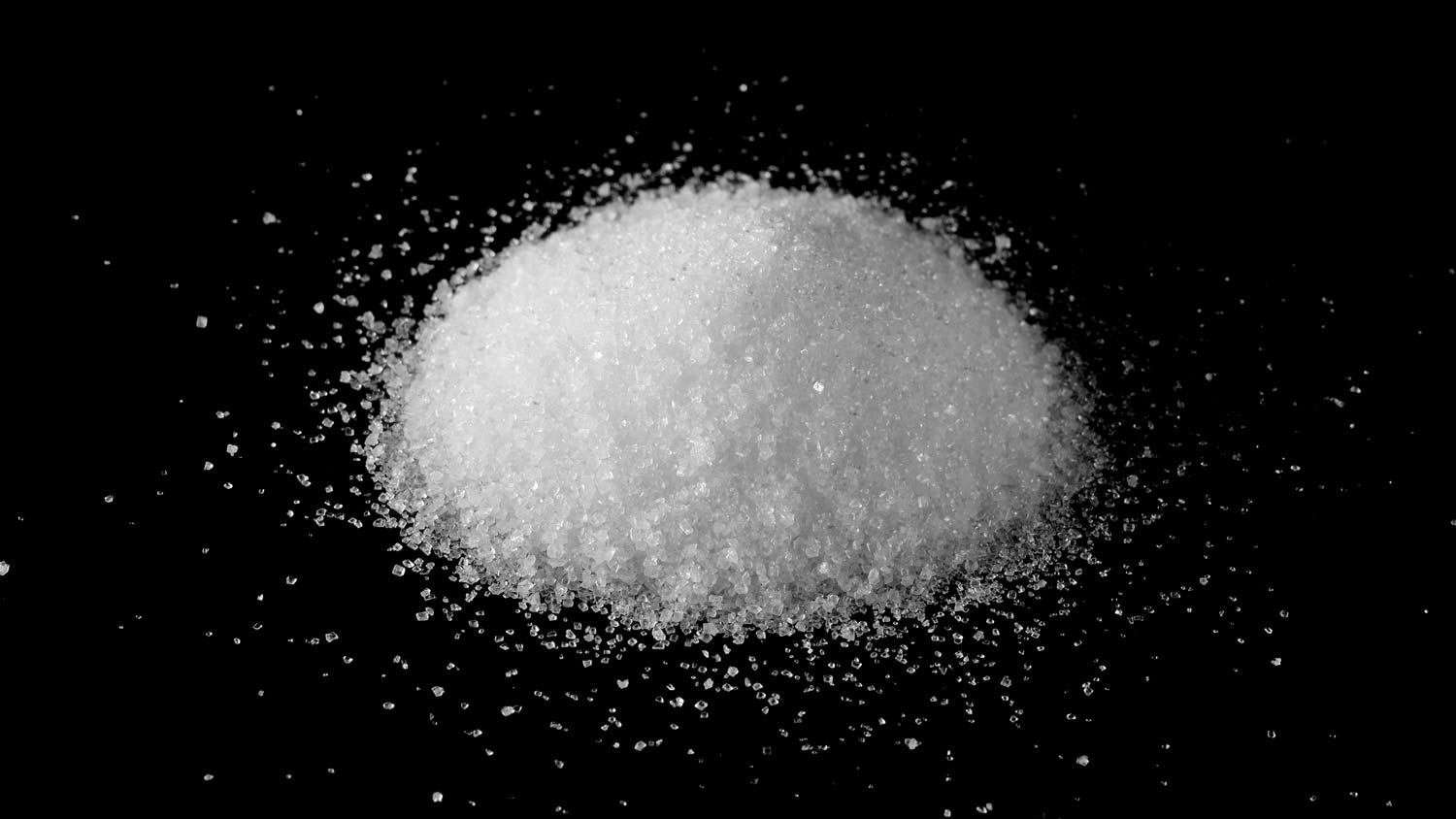
Glass beads are relatively gentle abrasives, making them suitable for delicate surfaces and materials like soft, rusted metals, plastics, and glass. They are less abrasive than SiC or aluminum oxide and are ideal when preserving the underlying material is a priority. Additionally, glass beads provide a smooth, satin-like finish on surfaces, making them suitable for applications with a desired polished appearance. However, you may need to do multiple passes to remove stubborn rust.
They are also reusable, reducing costs and minimizing waste generation, contributing to a more environmentally friendly process. Furthermore, these beads are non-toxic and pose no environmental hazards, as they do not contain hazardous materials. You can safely recycle glass beads, further enhancing their eco-friendliness, but like any media, the dust it creates is still unhealthy to inhale and pollutes the air.
| Pros | Cons |
|---|---|
| Gentle abrasive | Limited removal power |
| Minimal surface erosion | Multiple passes to achieve desired results |
| Non-toxic and environmentally friendly (compared to other materials) | Dust creates safety concerns |
| Smooth finish | Not suitable if a rough finished surface is required |
Best for: Soft metals with light rusting
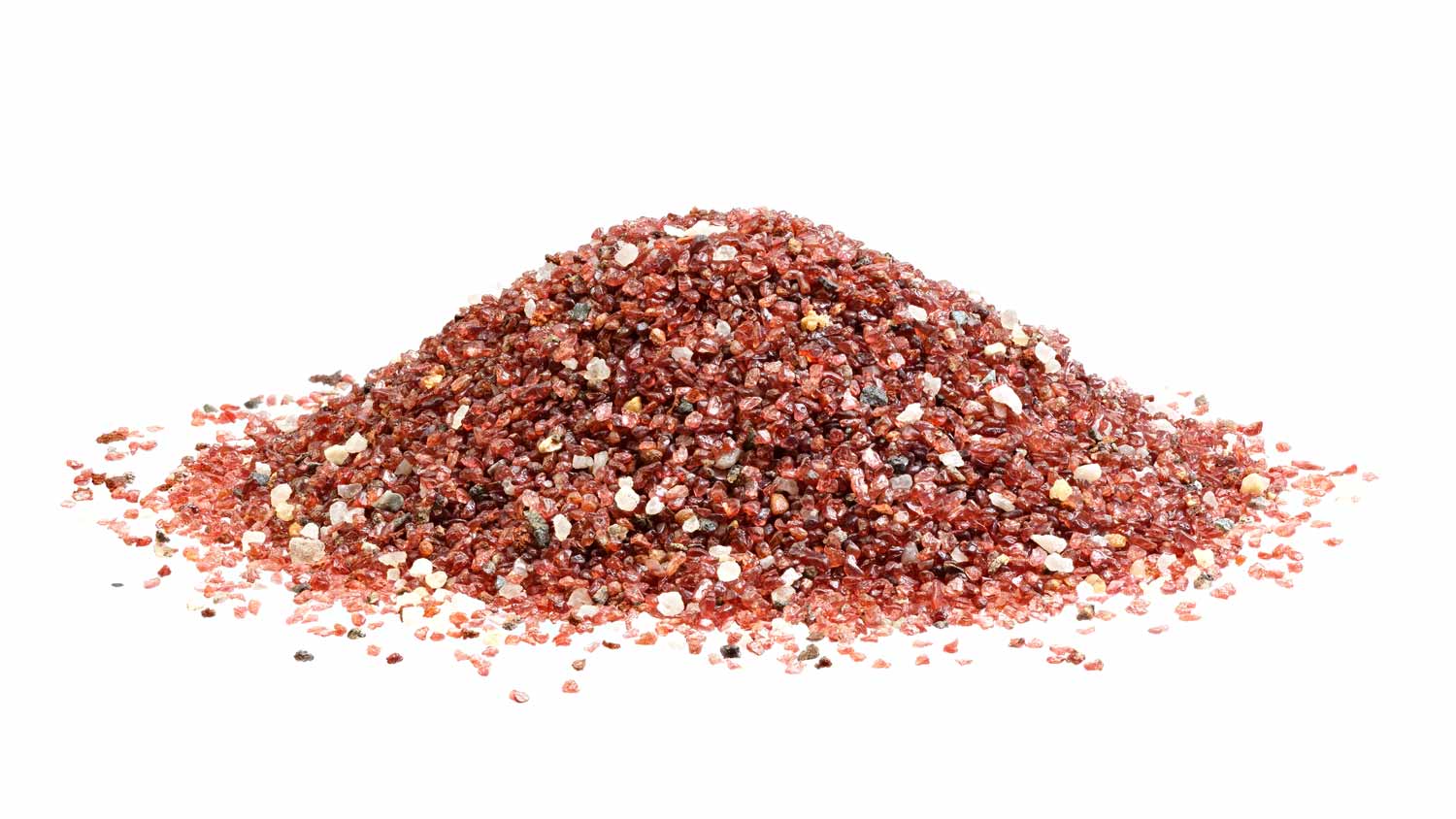
Garnet is a natural mineral abrasive for rust removal and surface preparation. It removes rust efficiently but not overly aggressively, making it suitable for various applications. Even better, it leaves surfaces with a clean, smooth finish. Garnet is suitable for use on ferrous and non-ferrous materials. However, it is relatively expensive compared to some other abrasive materials, which can affect the overall project cost. But it can be reused up to six times, offering some cost savings.
Unfortunately, the material isn’t recyclable. Before disposing of garnet blasting media, contact your local environmental authorities or waste department for specific disposal guidelines and recommendations.
| Pros | Cons |
|---|---|
| Effective removal of basic rust | Not suitable for heavy rust and corrosion |
| Minimal surface damage | May require multiple passes |
| Clean finish | Cost |
| Reusable | Disposal is challenging |
Best for: Light rust removal projects
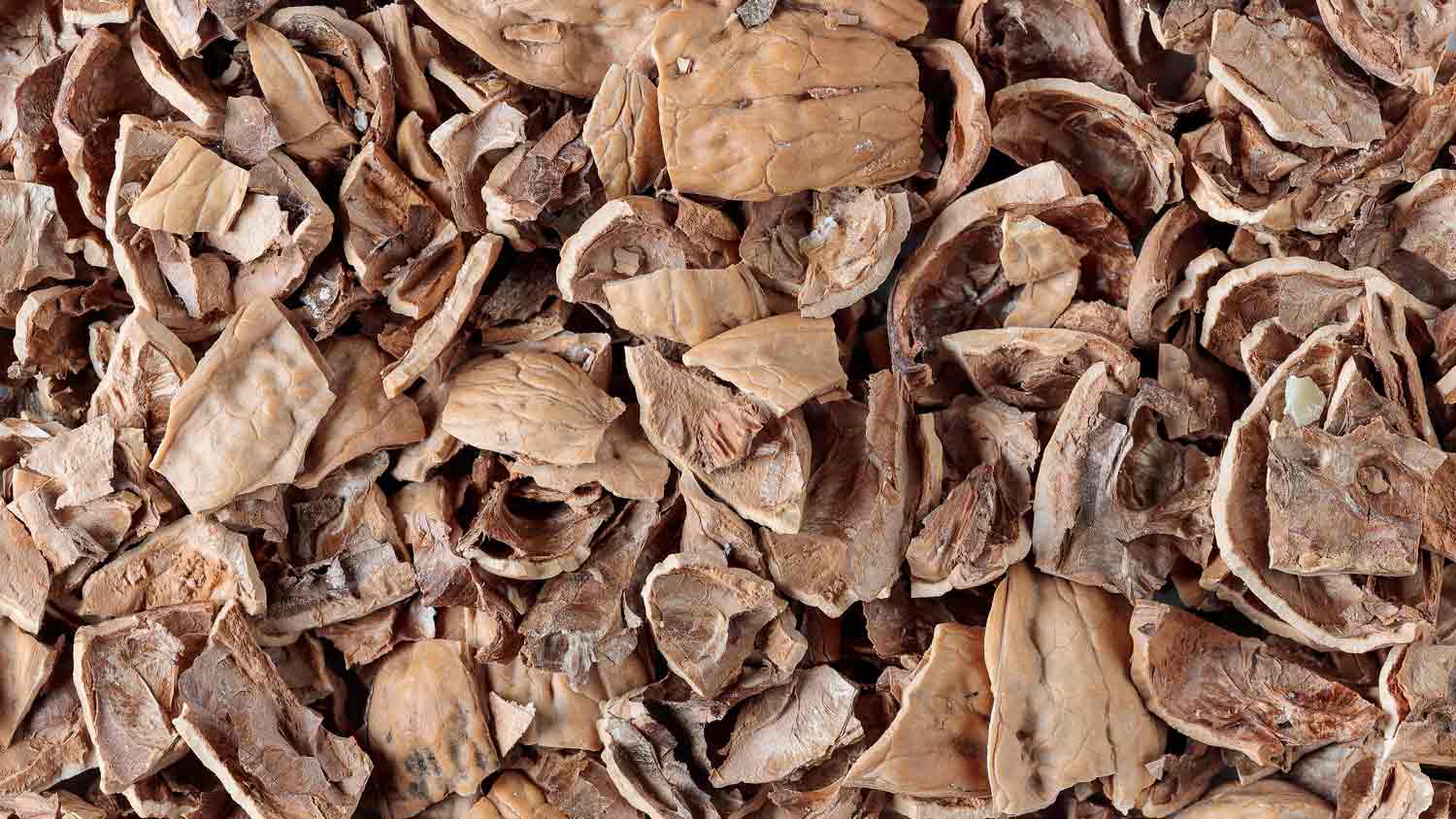
Crushed walnut shells stand out as an environmentally conscious solution in rust removal scenarios. Their biodegradable nature and softer texture make them an ideal choice for delicate surfaces. Walnut shells preserve the integrity of the underlying material while effectively tackling rust, making them a valuable tool in situations where surface damage is a concern.
Another advantage to walnut shells is low dust generation, reducing the need for extensive dust containment measures and making cleanup easier. While walnut shells are a good choice for light rust removal projects around the home, including furniture restoration, automotive parts cleaning, and surface prep for painting, their effectiveness is limited for heavy rust. Using the media may require more time and effort to achieve your desired results. And since it is a natural and soft material compared to other media, its hardness may vary.
| Pros | Cons |
|---|---|
| Gentle abrasive | Not suitable if a rough surface is required |
| Biodegradable | May require multiple passes |
| Versatile cleaning material | Variable hardness |
| Low dust generation | Not suitable for heavy rust and corrosion |
Best for: Delicate surfaces with light rust
From average costs to expert advice, get all the answers you need to get your job done.

Painting your gutters can give your home the fresh finishing touch it needs to look its best. This guide walks you through the cost to paint gutters.

Do you want the color of your exterior doors to really pop? Learn about the labor cost to paint the front door, back door, and other entranceways.

The cost to paint a pool deck depends on the dimensions and material, the type of paint, and whether you DIY. Read on to help determine a project budget.

Picking the right blue exterior house paint is easier said than done, but knowing which shades best suit the task will help you make the right choice.

What is the best type of paint for exterior homes? Keep reading to narrow down your paint options once and for all.

Should you use ceramic paint on your home’s exterior? Learn the pros and cons of choosing ceramic coating for your home, including warranty information, UV protection, and the cost compared to traditional house paint like latex.